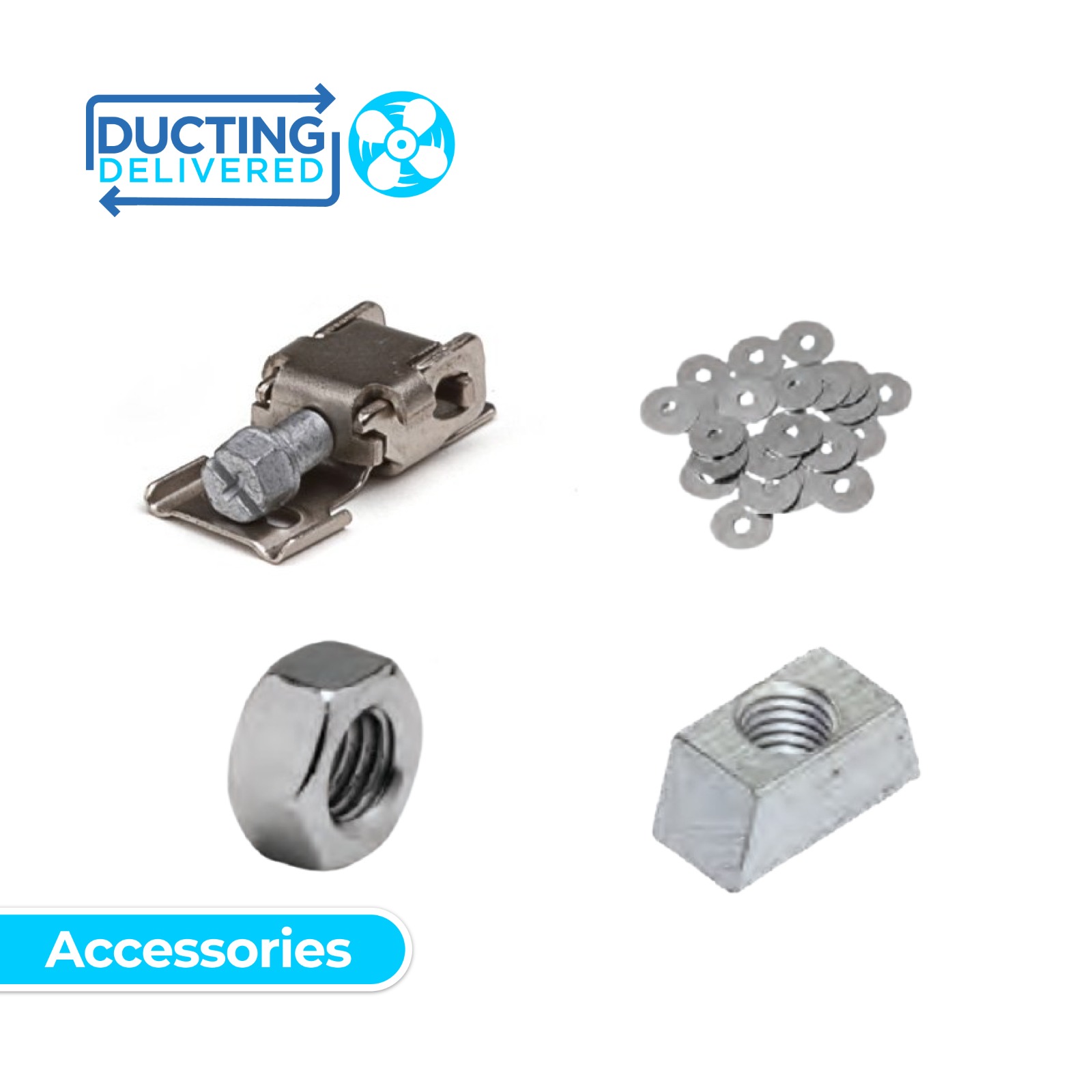Ducting accessories play a crucial role in the effective operation of HVAC (Heating, Ventilation, and Air Conditioning) systems. These components ensure that the ductwork functions efficiently, maintains air quality, and minimizes energy loss. Understanding the essential ducting accessories and their functions can help in optimizing HVAC performance and achieving a well-balanced and reliable system. Here, we will explore some of the key ducting accessories and their contributions to HVAC systems.
1. Duct Connectors and Fittings
Duct connectors and fittings are essential for joining different sections of ductwork together and facilitating changes in direction or branch connections. Common types include elbows, tees, reducers, and couplers. Elbows allow for directional changes in ductwork, tees create branch connections, reducers help transition between different duct sizes, and couplers join sections of duct together. Proper selection and installation of these fittings are critical to ensuring a smooth and efficient airflow, reducing the risk of air leaks, and maintaining system performance.
2. Dampers
Dampers are devices used to control and regulate airflow within duct systems. They can be manual or automatic and are typically installed at strategic points in the ductwork. There are several types of dampers, including volume control dampers, fire dampers, and backdraft dampers. Volume control dampers adjust the amount of air flowing through a particular section of ductwork, allowing for better balance and temperature control. Fire dampers are designed to prevent the spread of fire and smoke through ductwork by closing off sections in the event of a fire. Backdraft dampers prevent the reverse flow of air, which can help in maintaining system efficiency and preventing drafts.
3. Vents and Registers
Vents and registers are the end components of the ductwork system where conditioned air is delivered into the living or working spaces. Registers typically include adjustable louvers that allow users to control the direction and volume of the airflow. Vents, on the other hand, are generally more basic and provide a straightforward means of air distribution. Proper selection and placement of vents and registers are important for ensuring even air distribution, comfort, and effective heating or cooling.
4. Grilles
Grilles are similar to registers but are generally used for intake or return air purposes. They are designed to cover the openings in the ductwork system where air is drawn back into the HVAC unit for reconditioning. Grilles can be equipped with filters to capture dust and debris before the air re-enters the system. This helps in maintaining indoor air quality and protecting the HVAC equipment from damage caused by contaminants.
5. Insulation
Duct insulation is critical for maintaining the efficiency of the HVAC system by minimizing heat loss or gain as air travels through the ducts. Insulation helps keep conditioned air at the desired temperature, reducing the energy required to heat or cool the space. It also helps in reducing noise transmission through the ductwork. Insulation materials such as fiberglass or foam are commonly used and should be applied to both supply and return ducts, particularly in unconditioned spaces like attics or crawl spaces.
6. Access Panels
Access panels are installed in the ductwork to provide easy access for maintenance and inspection. They allow technicians to reach inside the ducts to perform cleaning, repairs, or adjustments without having to dismantle large sections of the system. Proper placement of access panels can facilitate regular maintenance and help in addressing potential issues before they affect system performance.
7. Flexible Duct Connectors
Flexible duct connectors are used to connect rigid duct sections to HVAC equipment or to other ducts. They provide a flexible, vibration-absorbing connection that can help reduce noise and prevent damage to the ductwork or equipment due to movement or vibration. These connectors are particularly useful in applications where there may be slight movements or where a rigid connection could cause stress on the system.
8. Duct Mounting and Support
Proper mounting and support accessories, such as hangers, brackets, and straps, are essential for securing ductwork in place and preventing sagging or movement. Adequate support helps maintain the integrity of the ductwork, prevents air leaks, and ensures that the system operates efficiently. Mounting and support accessories should be installed according to manufacturer recommendations and local building codes.
In summary, essential ducting accessories such as connectors, dampers, vents, grilles, insulation, access panels, flexible connectors, and mounting supports play a critical role in the efficiency, performance, and reliability of HVAC systems. By understanding their functions and ensuring proper installation and maintenance, you can enhance the overall effectiveness of your HVAC system and achieve optimal comfort and energy efficiency.




